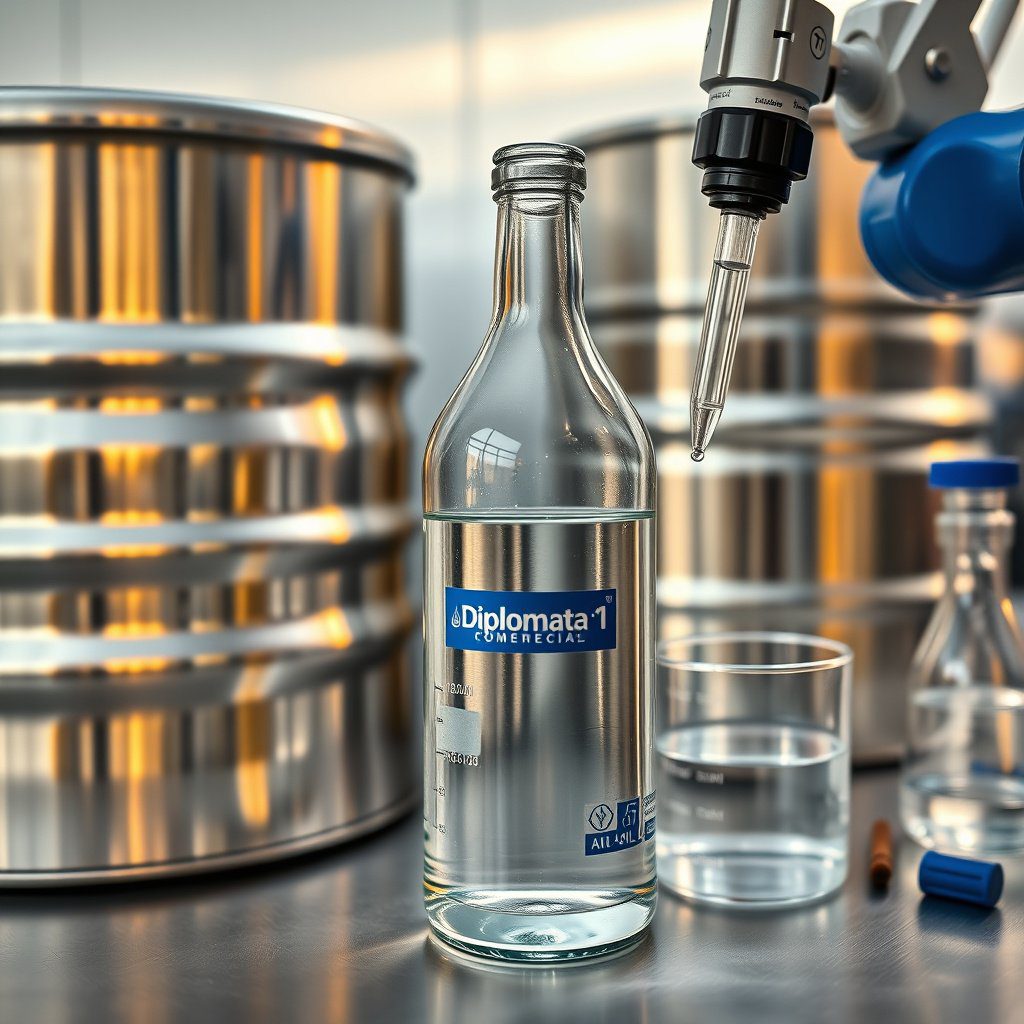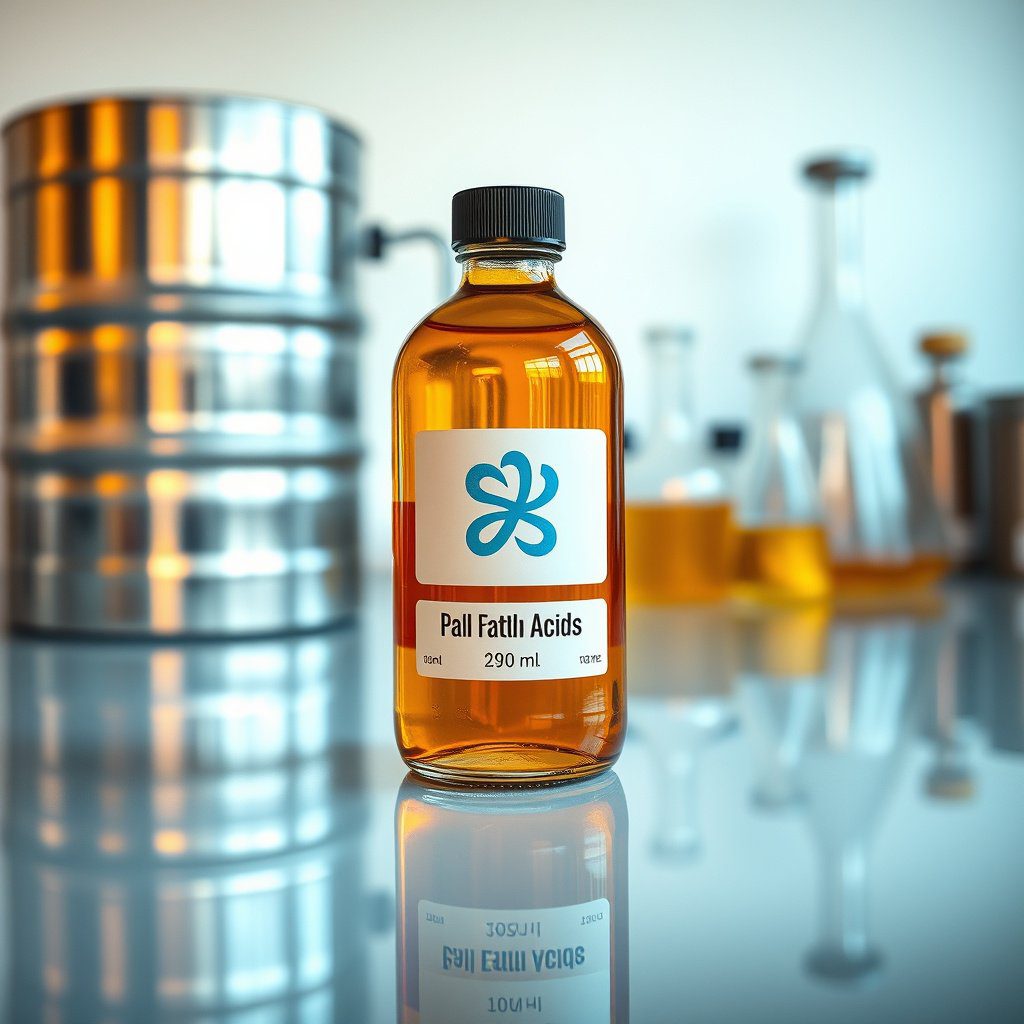Understanding Palm Fatty Acid Export Procedures
Palm fatty acids are derived from the processing of palm oil and are crucial in various industries, including cosmetics, food, and biofuels. The export procedures for these acids involve several steps to ensure compliance with international regulations and standards. This comprehensive guide aims to clarify the essential procedures involved in exporting palm fatty acids from Brazil to the United States, a key market for these products.
Regulatory Compliance for Exporting Palm Fatty Acids
One of the first steps in the export process is ensuring compliance with regulatory requirements. In Brazil, the export of palm fatty acids must adhere to the guidelines set by the Brazilian Health Regulatory Agency (ANVISA) and the Ministry of Agriculture, Livestock, and Supply (MAPA). Additionally, exporters must be cognizant of the regulations imposed by U.S. agencies such as the Food and Drug Administration (FDA) and the Environmental Protection Agency (EPA).
Documentation Required for Export
Exporting palm fatty acids necessitates a variety of documentation. Key documents include a commercial invoice, packing list, bill of lading, and certificates of origin and quality. These documents facilitate smooth customs clearance and ensure that the products meet the necessary quality standards. It is critical for exporters to maintain accurate records and ensure that all documentation is completed correctly to avoid delays.
Quality Control Measures in Export Procedures
Quality control is paramount in the export of palm fatty acids. Exporters must implement stringent quality assurance measures to ensure that the products meet both domestic and international quality standards. This includes regular testing of palm fatty acids for purity and compliance with specifications. Established quality control protocols not only enhance product reliability but also bolster the exporter’s reputation in the global market.
Packaging and Labeling Requirements
Proper packaging and labeling are vital components of the export process. Palm fatty acids must be packaged in suitable containers that prevent contamination and degradation during transit. Additionally, labeling should include pertinent information such as product details, handling instructions, and safety warnings. Compliance with international labeling standards helps facilitate acceptance in the U.S. market.
Logistics and Transportation Considerations
Logistics plays a crucial role in the export of palm fatty acids. Exporters must coordinate with reliable shipping companies to ensure timely delivery. Factors such as shipping routes, transportation methods, and storage conditions should be carefully considered to maintain the quality of palm fatty acids throughout the journey. Additionally, understanding freight costs and potential delays is essential for effective logistics management.
Customs Clearance Process
The customs clearance process is a critical stage in the export of palm fatty acids. Exporters must work closely with customs brokers to navigate the complexities of U.S. customs regulations. This includes providing all required documentation, paying applicable duties and taxes, and ensuring compliance with import regulations. Efficient customs clearance is vital to avoid penalties and ensure timely access to the U.S. market.
Market Entry Strategies for U.S. Distribution
Once the palm fatty acids have successfully cleared customs, the next step involves developing effective market entry strategies. This may include identifying key distribution channels, establishing partnerships with local distributors, or utilizing e-commerce platforms. Understanding the competitive landscape and consumer preferences in the U.S. market is essential for positioning palm fatty acids effectively.
Leveraging Industry Expertise for Successful Exports
Leveraging industry expertise can significantly enhance the export process. Companies like DIPLOMATA, with extensive experience in the palm fatty acid market, can provide invaluable insights into best practices for export procedures. This expertise not only helps streamline the export process but also ensures that products meet the highest standards of quality and compliance.


